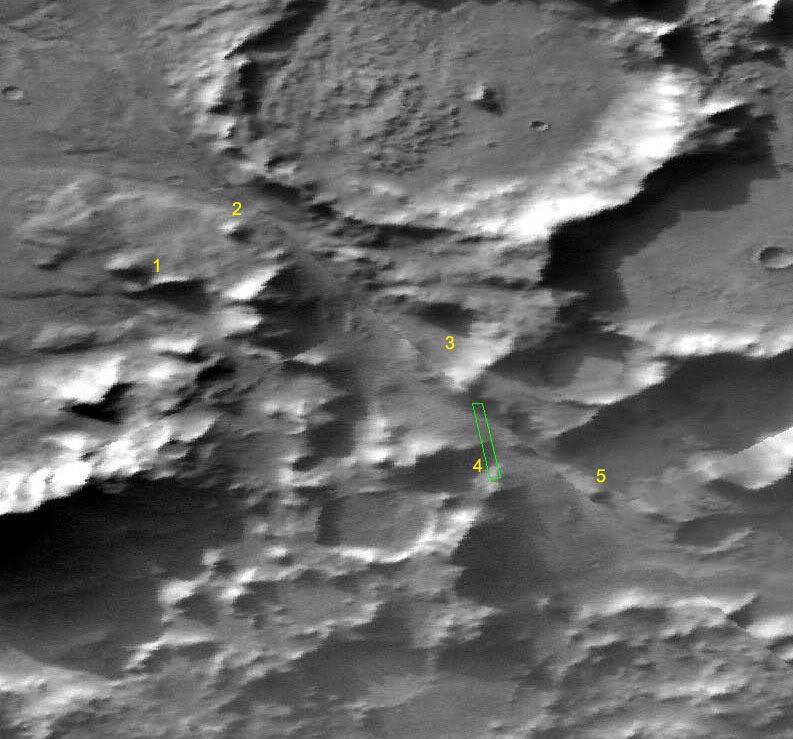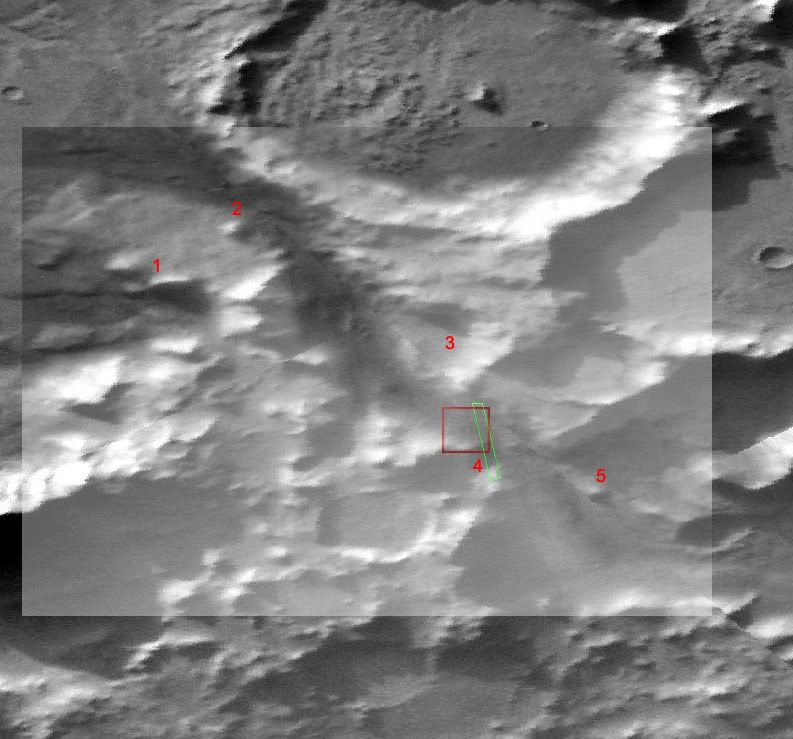The tall volcanoes do not point away from the center of the planet, they point away from the center of gravity :

The volcanos do not point away from the geometric center of the planet. Look at Olympus Mons. Draw a straight like through Olympus Mons and the line is off-center compared to the middle of the image. Speculation about the cause of the surprising direction in which Olympus Mons grew has begun.
Also Ascraeus Mons has a similar offset in its direction, compared to the center of Mars. Maybe there is a dense iron core in Mars that is not centered. A collision by an iron asteroid could place the iron in an offset position. The image has blue lines drawn through the volcanos to show the center of gravity. A green dot was added to show the center of the shape of Mars. Notice that the center of gravity is not in the same place as the center of the shape.
Hellas Planitia appears as the flat side of Mars, opposite Olympus Mons. In the picture, three green lines have been draw parallel to Hellas Planitia. A yellow line was drawn to be perpendicular to Hellas Planitia. That yellow line goes toward the center of gravity. One may speculate that a large asteroid hit Hellas Planitia while traveling in the direction of the yellow line. That asteroid may have stopped at the center of gravity.
see http://www.reliefglobe.com/mars.html








